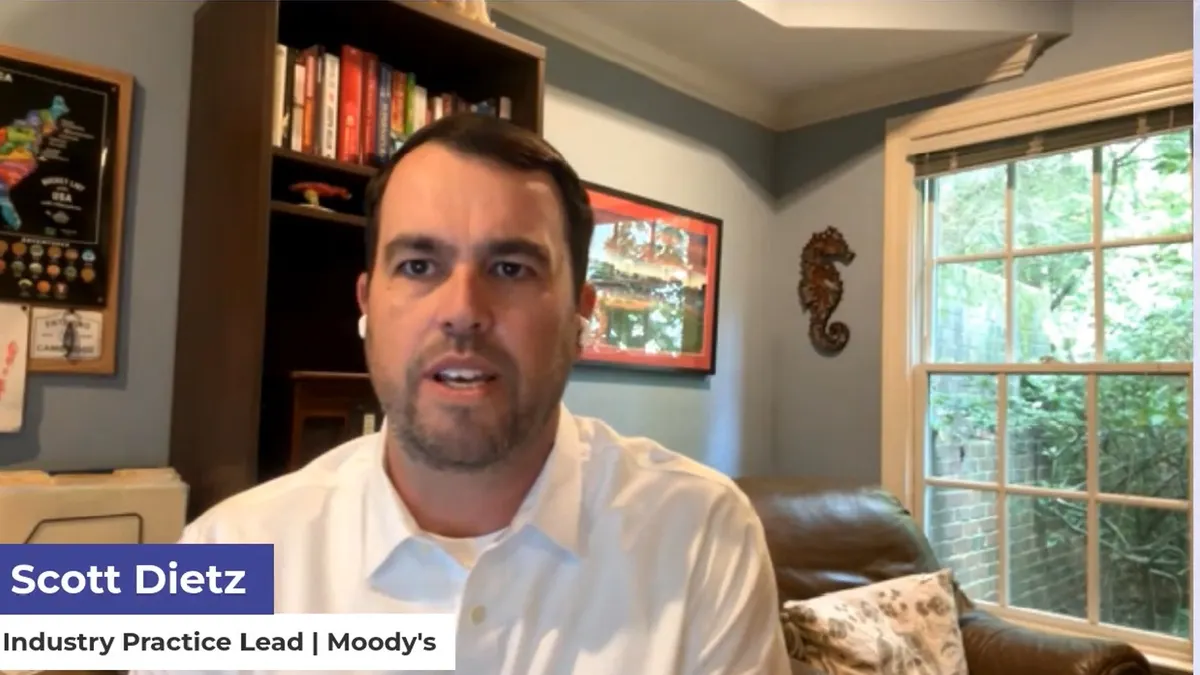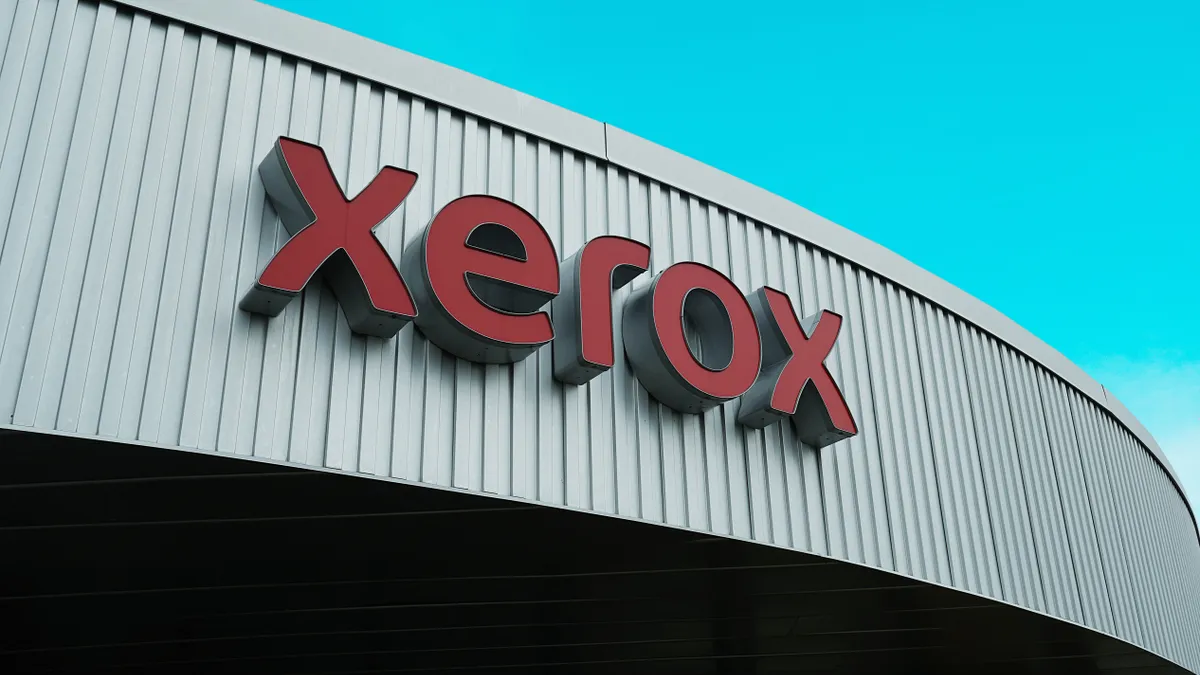As technologies like AI continue to evolve, business leaders need to make a series of increasingly complicated calculations to put their companies on the most effective digital transformation paths. That means the relationship between the finance and IT teams need to be closer than ever — and that the CFO and CIO need to be having discussions structured around strategy first, budget second, Rimini Street finance chief Michael Perica said.
In speaking with the CIO, “I don't want to hear [about] cost initially in the conversation,” Perica said in an interview together with Rimini Street CIO Joe Locandro. “If this is the best technology or path, irrespective of cost, we should be pursuing it.”
Putting value before cost
The need for a tighter relationship between finance and IT has come under a spotlight in recent years, as finance chiefs take on more tech-related responsibilities and as tools such as automation and AI become more deeply integrated into businesses’ everyday processes, CFO Dive has previously reported.
The two departments can be a “powerful combination,” Locandro said, because they can leverage both financial and technology discipline across the whole organization — as the finance and IT teams are “cross functional in a company, we see things enterprise wide,” he said.
Investing in the relationship with their IT counterpart is crucial for finance leaders today, especially for businesses to be able to meet their strategic goals, Perica said. Most of his conversations with Locandro focus on “corporate strategy and how we're going to deploy our IT resources and capabilities, not only internally, but externally, for the enterprise wide goals” of the business, Perica said.
Perica has served as CFO for the Las Vegas-based provider of ERP support solutions since October 2020, according to his LinkedIn profile. His previous roles include serving as vice president of finance, CFO energy systems global for EnerSys, and a five-year span at Alpha Technologies in various roles including a three-year stint as CFO.
Locandro, meanwhile, joined Rimini Street in February to lead the business’s global IT strategy and help drive “technology innovation initiatives in support of Rimini Street’s continued growth and client success,” according to a press release at the time. His experience includes a 25-year career in numerous CIO and IT roles, including serving as CIO for building materials provider Fletcher Building, a tenure as chief digital and business transformation officer for the Australian Energy Market Operator, and VP of business technology services for the Emirates group, according to his LinkedIn profile.
Before CIOs and CFOs can have a successful conversation about strategy, they need to find common ground. For both Perica and Locandro, it’s important that the CIO and CFO are peers inside of the executive leadership team, they said, and that each leader approaches the other with an eye toward value.
For instance, in working with IT leaders as a finance executive, a point of frustration for Perica is “is when they come to put in technology for technology’s sake,” he said. Rather, the focus should be on aligning “the technology and the deployment to business objectives,” he said.
On the IT side, meanwhile, “CFOs often treat IT as a cost, not as a potential advantage,” Locandro said. When CIOs report to CFOs, traditionally, IT is viewed as a cost center and not as a necessity for the running of the business or a value add, he said. However, “when you have a CIO and a CFO as peers on the executive committee, they look at things strategically, and they look at value creation, not cost minimization,” he said.
A birds-eye tech approach
Technology budgets can be a key area where CIOs and CFOs differ: in a March survey by Big Four firm KPMG, almost one-third of finance chiefs said technology innovation spending is excessive, while just 16% of CIOs said the same, CFO Dive sister publication CIO Dive reported. Meanwhile, 12% of CFOs said tech budgets were “currently insufficient,” while one in three CIOs said the same.
One way to bridge that gap is by utilizing the natural birds-eye view both IT and finance have to look at technology implementations holistically. In conversations between Locandro and himself on the topic, the two discuss “how we're going to make IT investments enterprise wide, not just for my group, not just for any particular function within an organization,” Perica said. “And that's where I think it's…going to be a colossal miss if folks are not taking that view.”
When it comes to artificial intelligence initiatives, for example, “folks are going too fast and they're not taking an enterprise-wide look,” Perica said. Many companies have overshot their cost estimates on the technology, according to a recent study by Mavrik, an AI cost management solutions provider. The survey found 80% of enterprises missed AI infrastructure forecasts by over 25% while businesses also identified areas of “hidden costs,” such as data platforms and network access expenses.
The missed forecasts represent a familiar hiccup when it comes to technology implementations, Locandro said, where companies will jump on a technology hype cycle, “and they do a lot of proof of concepts, and then after doing a few they realize they have to put in governance,” Locandro said. “So often, governance is an afterthought versus a prerequisite.”
Without approaching such implementations with that eye toward governance, “you end up reworking it, and then you end up spending more money,” he said. “And then you go, ‘Well, if I had known this at the start, I would have probably sized it [differently] and put a different budget in place.’”




















